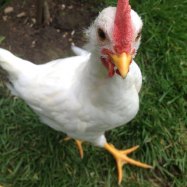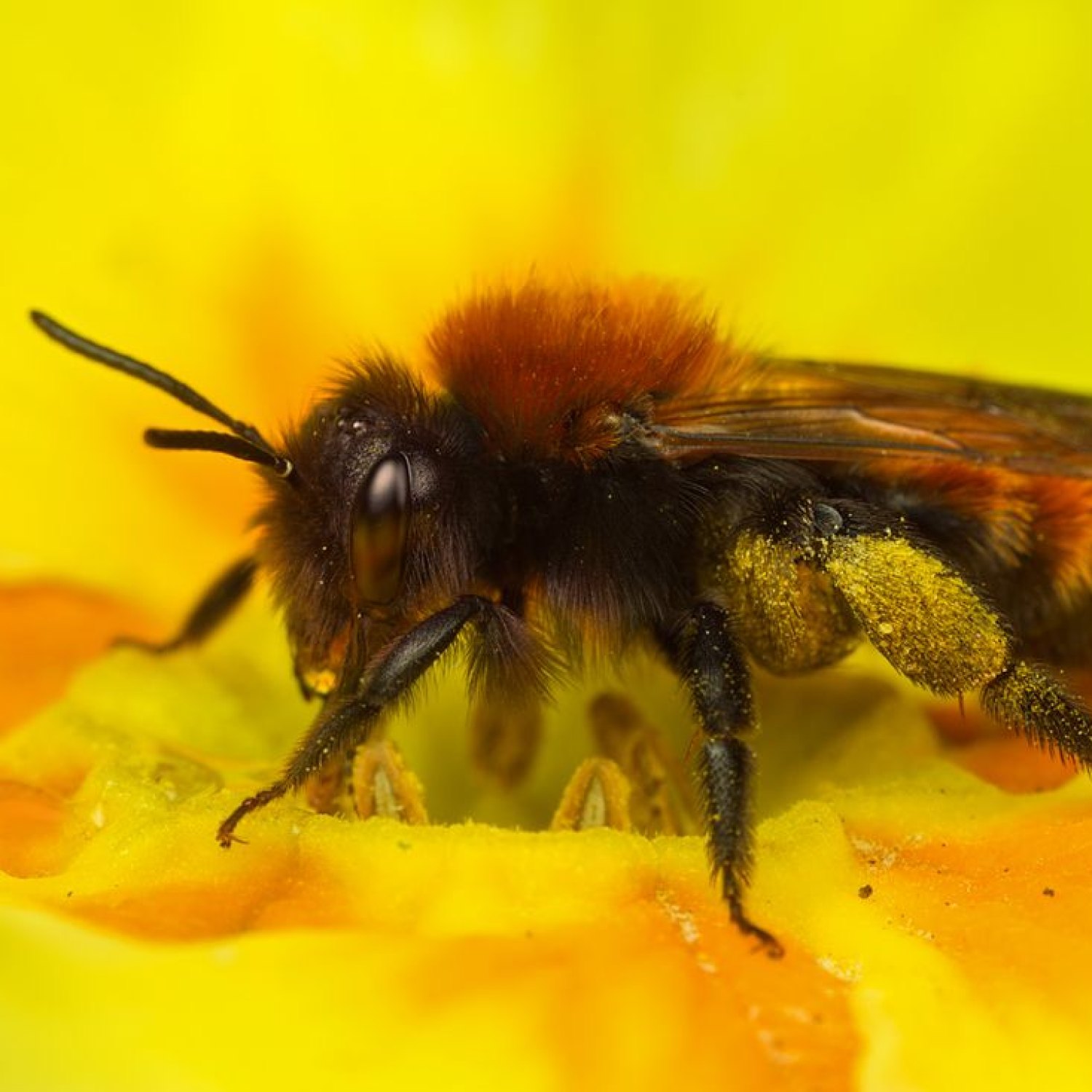
Tawny Mining Bee
8-12 mm
Tawny Mining Bees are small but important pollinators found in Europe. These compact and hairy bees are 8-12 mm in length and are commonly seen in grassy areas, gardens, and meadows. Belonging to the family Andrenidae, they play a crucial role in maintaining a healthy ecosystem.
Animal Details Summary:
Common Name: Tawny Mining Bee
Kingdom: Animalia
Habitat: Grassy areas, gardens, meadows
Tawny Mining Bee: The Fascinating Insect in Your Garden
The world is full of incredible creatures that we often overlook. One of these creatures is the Tawny Mining Bee. With its compact and hairy body and reddish-brown coloration, this insect may not seem like much at first glance, but there is so much more to discover about this fascinating species.The Basics
Tawny Mining Bees belong to the scientific name Andrena fulva Tawny Mining Bee. They are commonly referred to as Tawny Mining Bees or Tawny Bees. These bees can be found in the Animal Kingdom, Class Insecta, Order Hymenoptera, and Family Andrenidae. They are primarily found in Europe and Asia, with their country of origin being Europe.These bees have a compact body shape and are covered in dense hairs. They have a unique reddish-brown coloration that makes them stand out from other bees. Their body length ranges from 8-12 mm, making them relatively small in size.
Habitat
Tawny Mining Bees are commonly found in grassy areas, gardens, and meadows. They prefer these types of environments as they provide an abundant source of pollen and nectar for them to feed on. These bees are known to be solitary creatures, meaning they do not live in colonies like other bees Tamarin. They make their nests in the ground, hence the name "mining bee". These nesting sites are often found in areas with loose soil, making it easier for the bees to dig and create their underground tunnels.Feeding Habits
Tawny Mining Bees are known for their role as pollinators. They collect pollen and nectar from flowers, making them important contributors to the ecosystem. When visiting flowers, these bees use their hairy bodies to collect pollen, which they then store in their underground nests to feed their offspring. As they go from flower to flower, they help in the pollination process, ensuring the growth of plants and crops.Geographical Distribution
As mentioned earlier, Tawny Mining Bees are primarily found in Europe and Asia. In Europe, these bees are commonly found in countries such as the United Kingdom, France, Spain, and Germany. In Asia, they can be found in countries like China, Japan, and Korea. They have also been introduced to North America, where they can now be found in Canada and the United States.The Importance of Tawny Mining Bees
Tawny Mining Bees may be small in size, but they play a significant role in our ecosystem. As pollinators, they help in the reproduction of plants, contributing to a diverse and healthy environment. They also serve as a food source for other animals such as birds and mammals, making them an important part of the food chain.In addition to their ecological importance, Tawny Mining Bees also have economic value. As mentioned earlier, they are pollinators of crops and plants, making them essential in agriculture. Without these bees, crop yields would significantly decrease, leading to food shortages and economic loss.
Threats and Conservation Efforts
Like many other bee species, Tawny Mining Bees face threats to their survival. Habitat loss and fragmentation due to urbanization, agricultural practices, and climate change are some of the main threats to their population. Pesticides and other chemicals used in agriculture are also harmful to these bees, affecting their reproduction and overall health.To combat these threats, conservation efforts have been put in place. In many countries, there are now campaigns to promote bee-friendly gardening practices and the creation of bee-friendly habitats. Farmers are also being encouraged to use sustainable agricultural practices that do not harm bees.
How You Can Help
As individuals, there are also things we can do to help protect Tawny Mining Bees and other bee species. Here are a few simple ways in which you can contribute:- Plant native flowers and plants in your garden to provide a food source for bees.
- Avoid using pesticides and chemicals in your garden.
- Create bee-friendly habitats, such as nesting sites and pollen and nectar sources.
- Support local beekeepers by purchasing locally produced honey and beeswax products.
- Educate others about the importance of bees and ways to protect them.
Final Thoughts
Tawny Mining Bees may not be the most well-known or glamorous insects, but they are fascinating creatures that deserve our attention. From their unique coloration to their important role as pollinators, these bees play a vital role in our ecosystem. By understanding and appreciating these bees, we can work towards creating a more bee-friendly environment, ensuring their continued survival for future generations to come. So the next time you see a Tawny Mining Bee buzzing around in your garden, take a moment to observe and appreciate this incredible insect.

Tawny Mining Bee
Animal Details Tawny Mining Bee - Scientific Name: Andrena fulva
- Category: Animals T
- Scientific Name: Andrena fulva
- Common Name: Tawny Mining Bee
- Kingdom: Animalia
- Phylum: Arthropoda
- Class: Insecta
- Order: Hymenoptera
- Family: Andrenidae
- Habitat: Grassy areas, gardens, meadows
- Feeding Method: Collects pollen and nectar from flowers
- Geographical Distribution: Europe and Asia
- Country of Origin: Europe
- Location: Grassy areas, gardens, meadows in Europe
- Animal Coloration: Reddish-brown
- Body Shape: Compact and hairy
- Length: 8-12 mm
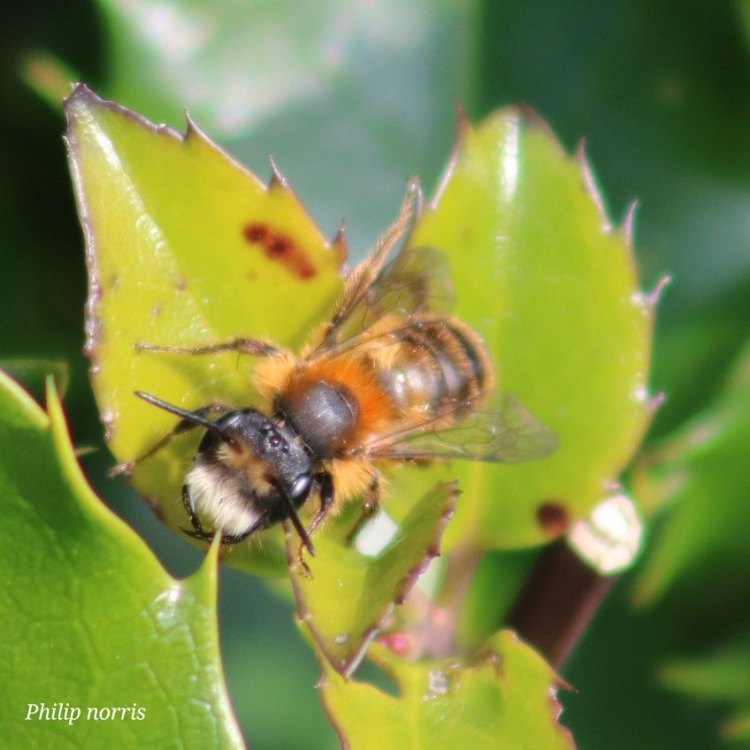
Tawny Mining Bee
- Adult Size: Small
- Average Lifespan: 1 year
- Reproduction: Sexual
- Reproductive Behavior: Mating occurs on the ground
- Sound or Call: No specific sound or call
- Migration Pattern: Non-migratory
- Social Groups: Solitary
- Behavior: Active during spring and summer, creates underground nests
- Threats: Habitat loss, pesticide use
- Conservation Status: Not evaluated
- Impact on Ecosystem: Important pollinators
- Human Use: Not used by humans
- Distinctive Features: Reddish-brown coloration, hairy body
- Interesting Facts: The males of the Tawny Mining Bee species emerge earlier than females to secure territories.
- Predator: Birds, spiders, insects
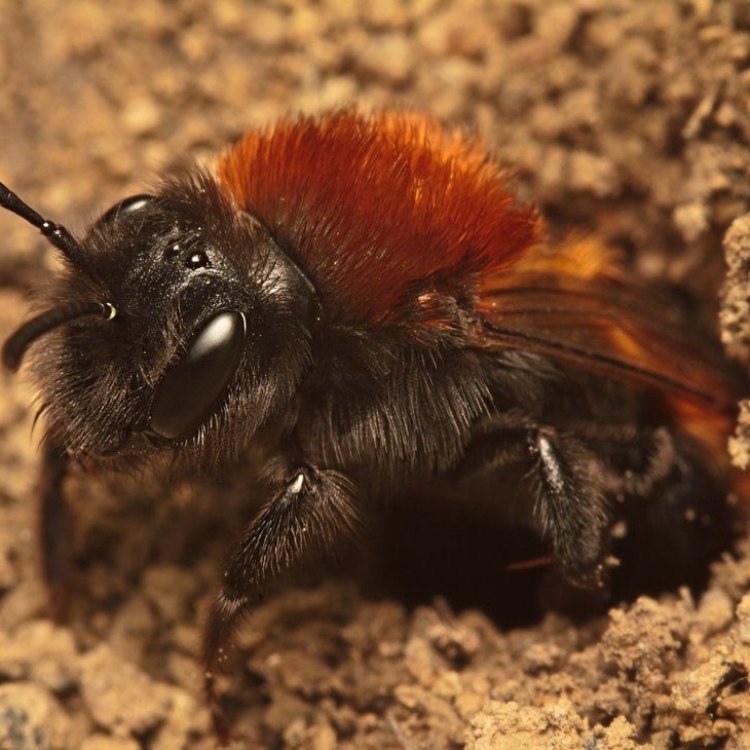
Andrena fulva
The Fascinating World of the Tawny Mining Bee
In the vast and diverse world of insects, the Tawny Mining Bee (Andrena fulva) stands out due to its unique features and behavior. This small and elusive bee, also known as the Fulvous Mining Bee, is a solitary creature that is most active during the spring and summer months. From its distinctive reddish-brown coloration to its important role as a pollinator, the Tawny Mining Bee is a fascinating species that deserves to be explored.Adult Tawny Mining Bees are small in size, measuring only 10 to 14 millimeters in length PeaceOfAnimals.Com. Despite their tiny size, they play a significant role in their ecosystem. These bees have an average lifespan of one year, which is relatively long compared to other bee species. This fact becomes even more remarkable considering that they are solitary creatures, with no support from a colony or hive.
As with most bees, the Tawny Mining Bee reproduces sexually. Mating occurs on the ground, usually near the nest, and both male and female bees are involved in building and maintaining the nest. This behavior is different from social bees, such as honeybees, where only the queen lays eggs, and a large number of workers support the colony.
These bees do not have a specific sound or call, making them more challenging to spot and study. They are not entirely silent, though, as they make a buzzing sound when flying. However, this buzzing is generally drowned out by the sounds of other insects and birds, making it difficult to distinguish Tiger Rattlesnake.
The Tawny Mining Bee is a non-migratory species. Unlike many other insects, they do not travel long distances, and they tend to stay in the area where they emerged from their underground nests. They are more commonly found in open grassy areas, gardens, and meadows, making them an essential part of the ecosystem in these habitats.
These bees are solitary, meaning they do not form colonies or social groups like their honeybee counterparts. Each female bee creates her own underground nest, where she will lay her eggs and care for her offspring. The females are responsible for building the nests, which consist of a series of tunnels and cells, often located in dry, sandy soil. They also gather pollen and nectar to provide food for their young.
One of the most interesting features of the Tawny Mining Bee is the reproductive behavior of their males. The males emerge from their nests earlier than the females, giving them a head start in securing territories. This phenomenon is known as protandry and is common in some species of bees. The males do not help in nest-building or raising the offspring and only contribute to the continuation of the species through mating.
The Tawny Mining Bee species is not used by humans in any way, and they do not produce honey or have any other commercial value. However, they are essential pollinators for many plants, making them critical for maintaining healthy ecosystems. These bees are generalist pollinators, meaning they visit a wide variety of plants, making them important for the reproduction of a range of plant species.
As with many other bee species, the Tawny Mining Bee faces several threats to its survival. The main threat is habitat loss due to urbanization and agricultural development. As their natural habitats, such as grasslands and meadows, are converted to accommodate human activities, the Tawny Mining Bees lose their food sources and suitable places to build their nests. This threat is compounded by the use of pesticides in agriculture, which can be lethal for these bees.
Sadly, the conservation status of the Tawny Mining Bee has not been evaluated, and there is limited research on their population numbers. However, given the increasing threats to their survival, it is crucial to monitor and protect these bees before they face a decline in their numbers.
The Tawny Mining Bee may not be well known or appreciated by many, but their importance cannot be understated. As pollinators, they play a crucial role in ensuring the reproduction of many plant species, which contributes to the overall health and diversity of our ecosystems. Without these bees, the balance of nature would be disrupted, and many plants and animals that depend on them would be at risk.
Apart from their vital role as pollinators, these bees also have unique and interesting features that make them stand out in the insect world. Their reddish-brown coloration, coupled with their hairy bodies, makes them easily recognizable. They may not have a specific call, but the buzzing sound they make while flying adds to their appeal.
Birds, spiders, and other insects are the natural predators of the Tawny Mining Bee. However, their underground nests provide some level of protection from their predators. The bees also have a rapid reproductive rate, which helps to maintain their population and ensures their survival against predators.
In conclusion, the Tawny Mining Bee may be a small and solitary creature, but its contribution to the ecosystem is significant. Their behavior, features, and role in the ecosystem make them a fascinating species to study and appreciate. As human activities continue to threaten their survival, it is crucial to raise awareness and take measures to protect and preserve these essential pollinators. By doing so, we can ensure the survival of not just the Tawny Mining Bee, but the health and diversity of our planet's ecosystems.
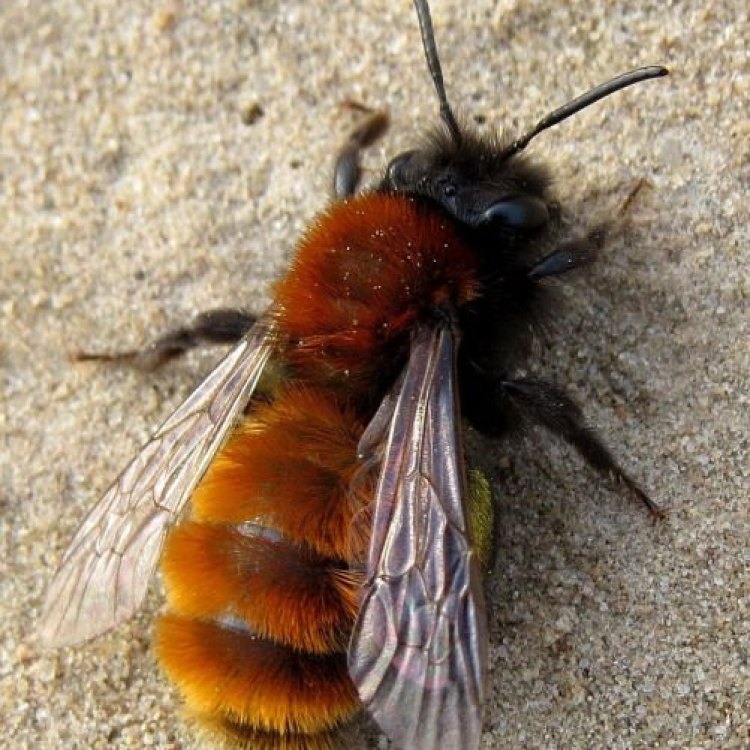
Tawny Mining Bee: The Fascinating Insect in Your Garden
Disclaimer: The content provided is for informational purposes only. We cannot guarantee the accuracy of the information on this page 100%. All information provided here may change without prior notice.


